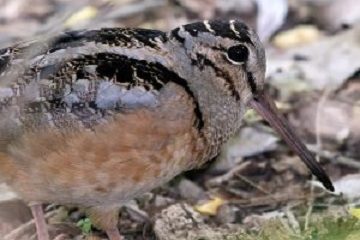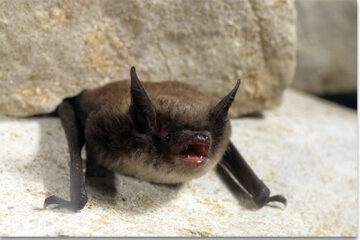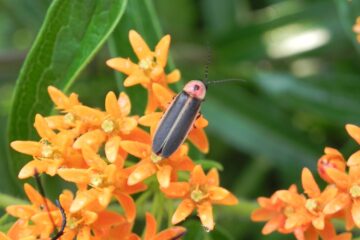
Male Eastern Bluebird
Eastern Bluebird
Sialia sialis (pronounced cee-AL-ee-a cee-AL-iss)
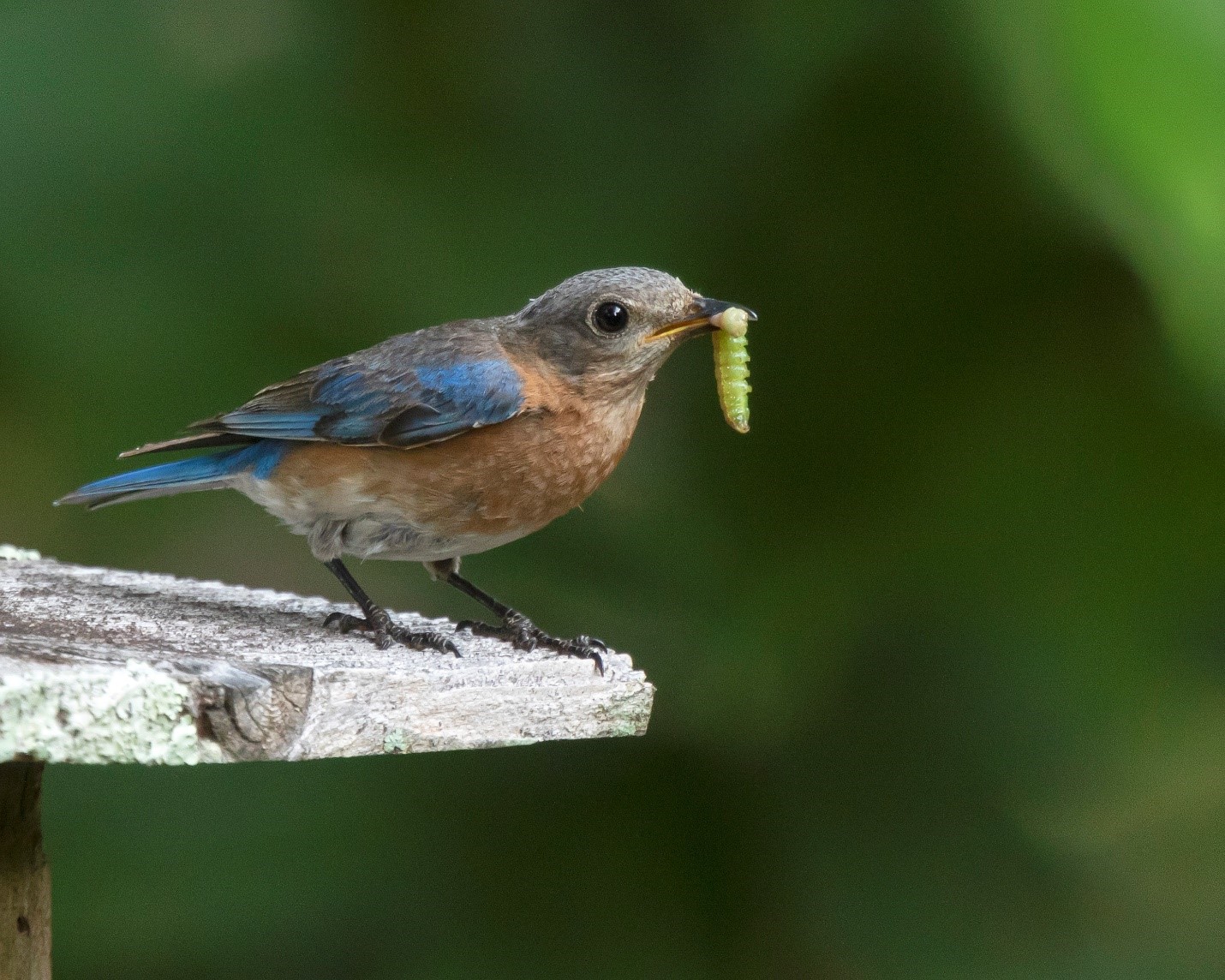 Habitat: Eastern bluebirds can be found in meadows and open areas.
Habitat: Eastern bluebirds can be found in meadows and open areas.
Food: Eastern bluebirds feed on insects and caterpillars. Favorite foods include grasshoppers, crickets and beetles. They love mealworms. They will eat fruits and berries in the winter.
Behavior: Eastern bluebirds perch on posts, wires and low branches looking for prey. They have excellent vision and can spot insects from 60 feet away. They often sing and make sounds to keep predators away. They are very social, docile birds.
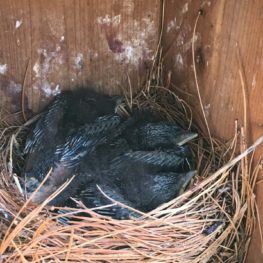
Baby Eastern Bluebirds in their nest
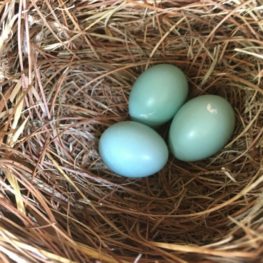
Eastern Bluebird eggs
Life Cycle/Nesting: Eastern bluebirds are cavity nesters and commonly nest in boxes but also use old woodpecker holes. They typically have two broods per year. While the male will help find nest material, the female will build the nest and incubate the eggs. The female will lay between 4-7 pale blue eggs, one per day. The eggs will hatch in 12-14 days. The baby bluebirds will fly/fledge in 16-21 days. Both parents feed the young.
Conservation Status: Eastern Bluebirds are not on the Threatened or Endangered Species List
Interesting Facts: The eastern bluebird is the state bird of New York and Missouri. It can be seen in New Jersey year-round. The male bluebirds have bright blue heads and wings. Female bluebirds are grayer in color with blue tinges on their wings. The birds are about 7 inches in length and are about 2/3 the size of an American Robin. Eastern bluebirds can live for 6-10 years.
Credits/Resources:
https://www.allaboutbirds.org/guide/Eastern_Bluebird/overview
https://kids.nationalgeographic.com/animals/birds/eastern-bluebird/
https://en.wikipedia.org/wiki/Eastern_bluebird
Please share any questions, comments, or photos that you and your child have on the Raritan Headwaters Learning Community Facebook Page!
More Raritan Headwaters Learning Resources

